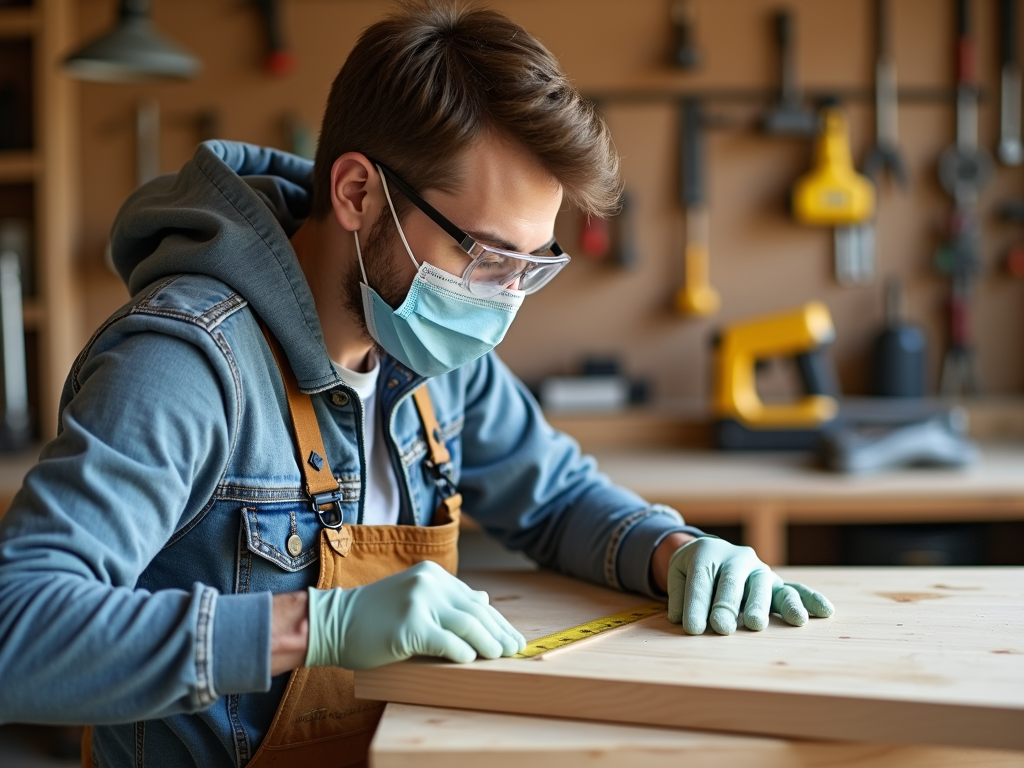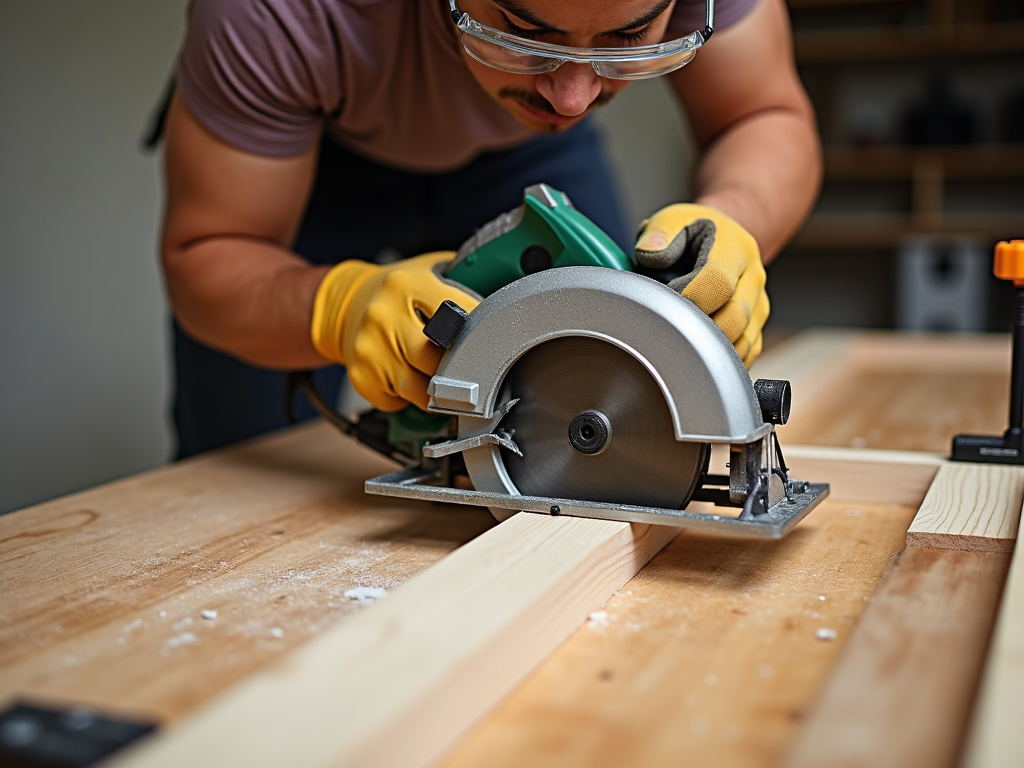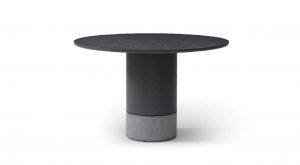Featured Post
Essential Safety Tips for DIY Bookshelf Projects: A Beginner's Guide
DIY projects bring creativity and pride into your home, especially when crafting something useful like a bookshelf. But safety comes first—particularly for beginners. This guide shares essential Safety Tips for DIY Projects, focusing on DIY Bookshelf Projects for Beginners, to help you build confidently and avoid mishaps.
Why Safety Matters in DIY
Jumping into a bookshelf project is exciting, but skipping safety steps can turn fun into frustration—or worse, injury. I’ve been there: eager to saw my first plank, I once ignored gloves and ended up with a splinter that sidelined me for days. Simple precautions can prevent cuts, bruises, or bigger accidents, making your DIY journey enjoyable and rewarding.

Must-Have Safety Gear
Before you start, gear up. Here’s what you need for bookshelf projects:
| Gear | Purpose |
|---|---|
| Safety Glasses | Shields eyes from dust and debris |
| Ear Protection | Reduces noise from power tools |
| Dust Mask | Prevents inhaling sawdust |
| Gloves | Protects hands from splinters |
| Sturdy Shoes | Guards feet from falling objects |
I learned the hard way that skipping glasses while sanding isn’t worth the itchy eyes. Get quality gear—it’s your first line of defense.
Preparing Your Workspace
A safe workspace sets the stage for success. Keep it:
- Well-Lit: Shadows hide hazards.
- Ventilated: Fresh air clears fumes from stains or glue.
- Organized: Clutter causes trips.
- Equipped: A first aid kit nearby handles minor cuts fast.
Once, I tripped over a stray cord in a dim garage—luckily, just a bruised knee. Now, I double-check my setup every time.

Tool Safety Basics
Tools make DIY possible, but they demand respect. For bookshelf projects, you’ll use saws, drills, and hammers. Follow these rules:
- Read manuals first.
- Keep tools sharp—dull blades slip.
- Match the tool to the task.
- Unplug power tools when idle.
- Grip hand tools firmly.
My first drill attempt went sideways because I didn’t secure the bit properly. Take it slow; learn your tools.

Handling Materials Safely
Wood, screws, and finishes are bookshelf staples. Handle them right:
- Lift heavy boards with your legs.
- Wear gloves for rough wood.
- Stack materials neatly.
- Use treated wood or stains in open air.
I once dropped a plank because I rushed lifting it—thankfully, no broken toes. Slow and steady keeps you safe.
Step-by-Step Safety for Bookshelf Building
Building a bookshelf has stages, each with safety needs:
- Planning:
- Measure twice; errors later can trip you up.
-
Use a sharp pencil for clear marks.
-
Cutting:
- Clamp wood tight.
- Pick the right saw—circular for straight cuts.
-
Keep hands clear, use a push stick.
-
Drilling:
- Match bit to material.
- Secure wood to avoid spins.
-
Wear glasses for debris.
-
Assembling:
- Follow plans exactly.
- Use proper screws.
-
Check stability—no wobbles.
-
Finishing:
- Sand smooth for no splinters.
- Paint or stain with ventilation.
I rushed sanding once and got a nasty splinter. Patience pays off.

Mistakes to Dodge
Beginners slip up—it’s part of learning. Avoid these:
- Skipping gear: Comfort isn’t worth the risk.
- Rushing: Haste makes waste—and injuries.
- Wrong tools: A screwdriver isn’t a chisel.
- Loose wood: Clamping prevents slips.
- Messy space: Cleanliness is safety.
I’ve made most of these mistakes. Learn from me: slow down and prepare.
Wrapping Up
Crafting a bookshelf is a blast when you stay safe. These Safety Tips for DIY Projects let you focus on the fun—building modern bookshelf designs for living room beauty—without worry. Enjoy the process, and soon you’ll be figuring out How to Arrange Bookshelves for Maximum Impact. Safety first, always.









